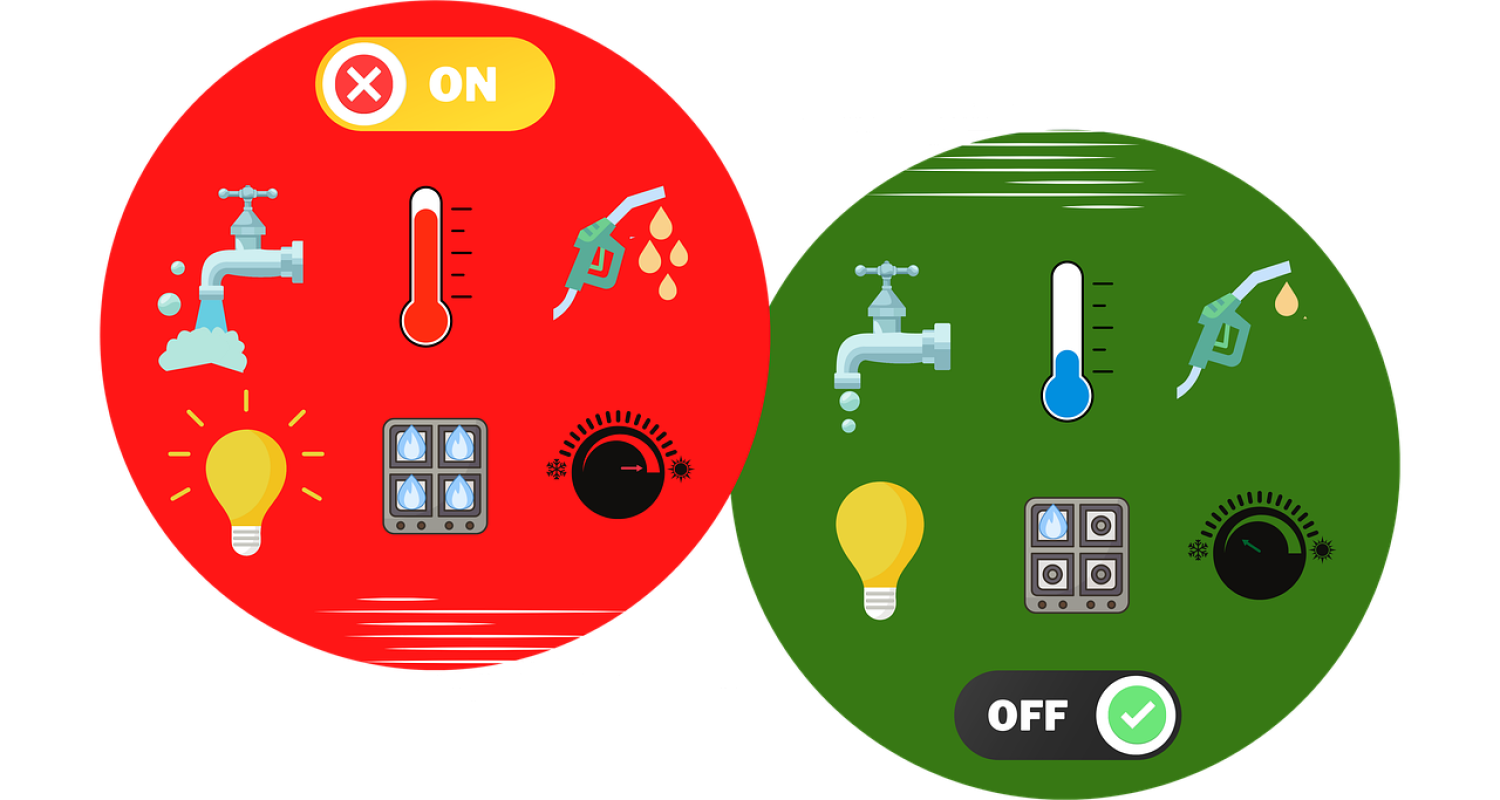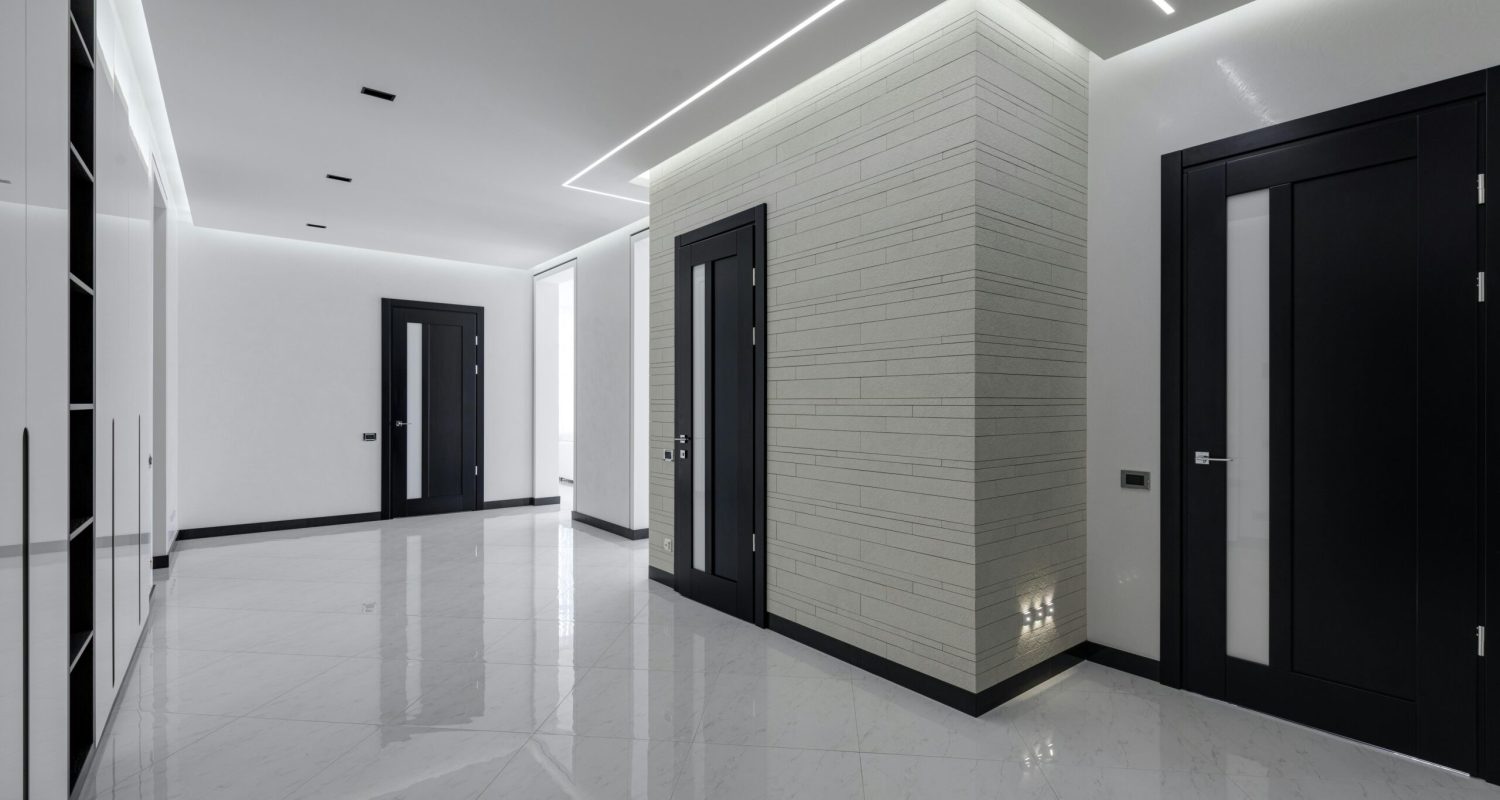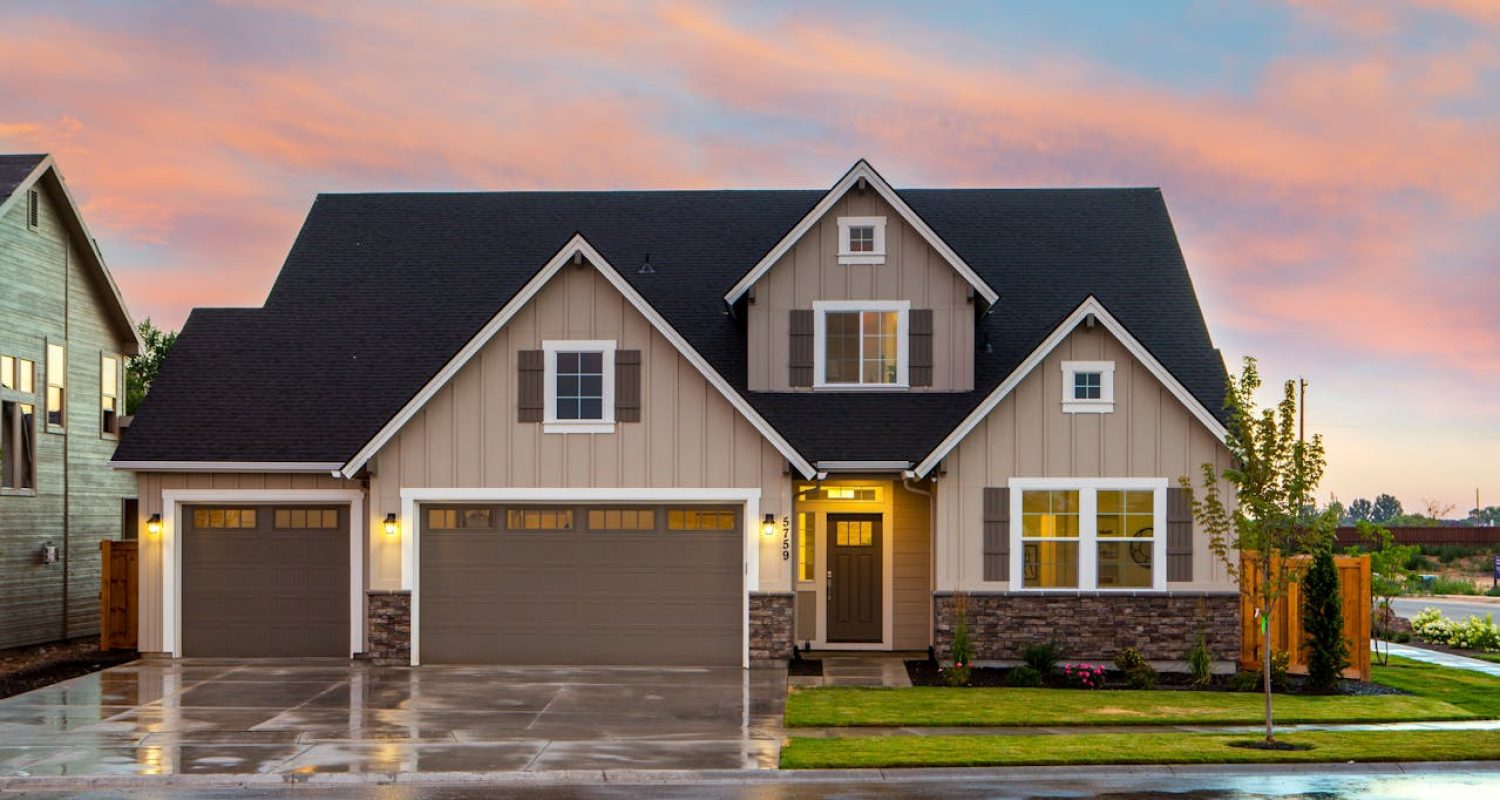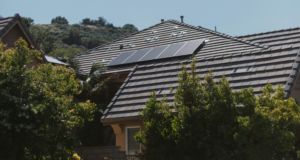10 Simple and Cost-Effective Home Energy Saving Tips You Can Implement Today
Are you looking to reduce your monthly energy bill while reducing your carbon footprint? Look no further! In this article, we’ll share ten simple and cost-effective home energy-saving tips you can implement today. Whether you’re a homeowner or a renter, these practical tips are easy to implement and will make a noticeable difference in your energy consumption.

From adjusting thermostat settings to optimizing your lighting choices, we’ll guide you through various aspects of your home where you can make positive changes. Discover the benefits of weatherstripping, the wonders of energy-efficient appliances, and the power of natural light. We’ll even touch on the importance of unplugging devices and incorporating innovative technology into your home when not in use.
By embracing these energy-saving techniques, you’re not just reducing your energy bill; you’re also playing a part in shaping a greener future. So, let’s embark on the journey of creating a more sustainable and cost-effective home environment.
Why is home energy saving important
Home energy saving is not just about reducing your energy bill; it’s about making a significant impact on the environment. The energy we consume at home, often sourced from fossil fuels, contributes to greenhouse gas emissions. By reducing our energy consumption, we can play a crucial role in mitigating climate change and reducing our global carbon footprint, making us feel more responsible and motivated to take action.
Energy-saving measures not only benefit the environment but also your wallet. By implementing simple and affordable energy-saving tips, you can significantly reduce your monthly energy bill. This means more money in your pocket for other expenses or savings, making you feel encouraged and capable of making a difference.
Understanding your energy usage
Before exploring energy-saving tips, it’s essential to understand how you’re currently using energy in your home. Review your energy bills from the past few months to determine your average consumption. Look for patterns and identify areas where you might be using excessive energy.
You can also use energy monitoring devices to track your energy usage in real time. These devices provide valuable insights into your energy consumption and help identify areas for improvement. By understanding your energy usage, you’ll be better equipped to implement targeted energy-saving measures.
Energy-saving tips for heating and cooling
Heating and cooling account for a significant portion of home energy consumption. Fortunately, several simple and cost-effective ways exist to reduce energy usage in this area.

- Adjust your thermostat settings: Lowering your thermostat by a few degrees in the winter and raising it in the summer can lead to substantial energy savings. Consider investing in a programmable thermostat to automate temperature adjustments based on your schedule.
- Use natural ventilation: Take advantage of natural ventilation by opening windows and using ceiling fans instead of relying solely on air conditioning. This can help keep your home comfortable while reducing the need for energy-intensive cooling systems.
- Seal air leaks: Inspect your home for leaks around windows, doors, and electrical outlets. Use weatherstripping and caulking to seal any gaps and prevent air leakage. This will improve the efficiency of your heating and cooling system.
Energy-saving tips for lighting
Lighting is another area where you can make significant energy savings without sacrificing comfort or style. Here are some tips to reduce energy usage when it comes to lighting:

- Switch to energy-efficient bulbs: Replace traditional incandescent bulbs with energy-efficient options such as LED or CFL bulbs. These bulbs use significantly less energy and last much longer.
- Utilize natural light: Make the most of natural light during the day by opening curtains and blinds. This will reduce the need for artificial lighting and create a more pleasant living space.
- Install motion sensor or timer switches: In rooms where lights are often left on unintentionally, such as bathrooms and utility rooms, consider installing motion sensor or timer switches. These switches automatically turn off lights when no one is present, saving energy.
Energy-saving tips for appliances and electronics
Appliances and electronics can consume a considerable amount of energy, even when they’re not in use. Implementing the following tips can help reduce energy wastage:
- Unplug devices when not in use: Many devices continue to draw power even when turned off. Unplug chargers, televisions, and other electronics when not in use to avoid “vampire” energy loss.
- Choose energy-efficient appliances: When purchasing new appliances, look for the Energy Star label. Energy Star-certified appliances meet strict energy efficiency guidelines and can significantly reduce your energy consumption.
- Optimize refrigerator settings: Set your refrigerator temperature to the manufacturer’s recommended level. Keeping the refrigerator and freezer at the optimal temperature ensures efficient operation and reduces energy usage.
Insulation and weatherization tips
Proper insulation and weatherization are crucial for maintaining a comfortable indoor environment while minimizing energy loss. Consider the following tips to improve insulation and weatherization in your home:
- Insulate your walls and attic: Insulating your walls and attic prevents heat transfer and reduces the need for excessive heating or cooling. Use insulation materials with high R-values for optimal effectiveness.
- Seal air ducts: Leaky air ducts can result in significant energy loss. Seal any visible leaks in your air ducts using duct tape or specialized sealant. Properly sealed ducts ensure that conditioned air reaches its intended destination.
- Install weatherstripping on doors and windows: Weatherstripping prevents drafts and air leaks around doors and windows. Choose the appropriate type of weatherstripping for your specific needs and ensure a tight seal.
Water-saving tips
In addition to saving energy, it’s essential to be mindful of water usage to further reduce your environmental impact. Consider the following water-saving tips:
- Install low-flow fixtures: Replace old faucets, showerheads, and toilets with low-flow alternatives. These fixtures use less water without compromising performance.
- Fix leaks promptly: Even small leaks can waste a significant amount of water over time. Regularly check for leaks and promptly repair any issues.
- Collect rainwater: Install rain barrels to collect rainwater for outdoor use. This reduces the need for using treated water for activities such as watering plants or washing your car.
Smart home technology for energy efficiency
Smart home technology offers innovative solutions to optimize energy usage and increase energy efficiency. Consider integrating the following smart devices into your home:

- Smart thermostats: Smart thermostats learn your preferences and automatically adjust temperature settings to maximize energy savings. They can also be controlled remotely via smartphone apps.
- Smart power strips: Smart power strips detect when devices are in standby mode and cut off power supply to prevent energy wastage. They can also be controlled remotely, allowing you to turn off devices from anywhere.
- Energy monitoring systems: Energy monitoring systems provide real-time data on your energy consumption, allowing you to identify areas where you can make improvements. This knowledge empowers you to make informed decisions about your energy usage.
Government incentives and rebates for energy-saving upgrades
Many governments offer incentives and rebates to encourage homeowners to make energy-saving upgrades. These programs can help offset the initial costs of energy-efficient improvements. Research the available incentives and rebates in your area to take advantage of potential savings.
Conclusion: Start saving energy today!
Implementing simple and cost-effective energy-saving tips can make a significant difference in your monthly energy bill and environmental impact. From adjusting thermostat settings to utilizing natural light and incorporating smart technology, there are numerous ways to reduce energy consumption in your home. For practical guidance, check out Energy Star’s tips on energy efficiency which offer a variety of strategies to improve your home’s energy use. Additionally, The U.S. Department of Energy provides extensive resources on how to optimize your energy savings with technological upgrades. To understand the broader impact of your energy use and explore more sustainable practices, visit the International Energy Agency’s page on energy efficiency.
By taking action today, you’ll not only save money but also contribute to a greener and more sustainable future. So, start implementing these tips and enjoy the benefits of a more energy-efficient home!
For more insights on making your lifestyle more sustainable, read our post on A Guide to Sustainable Living at Home and in the Garden.
Visit our Home Page for more practical tips and comprehensive guides on enhancing your home’s efficiency and sustainability.

